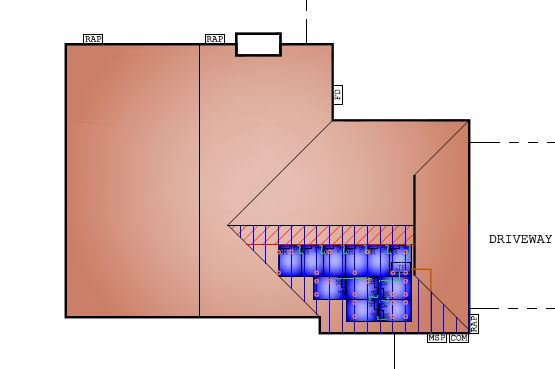Is that their bid price, or what they actually get paid? Producers typically bid their marginal cost of generation, which is their breakeven operating cost. But they get paid the highest winning bid price, which is usually not their own bid price. Solar, wind, and geothermal can bid into the system at very low price because it doesn't cost much more to run the plant than to let it sit idle. A gas, coal, or oil fired plant, on the other hand, must use fuel to run the plant, so their bid must be higher to include the cost of that fuel. A producer's bid price and actual sales price are almost always different. Only the highest winning bid actually gets paid his bid price.
Sent from my XT1254 using Tapatalk

